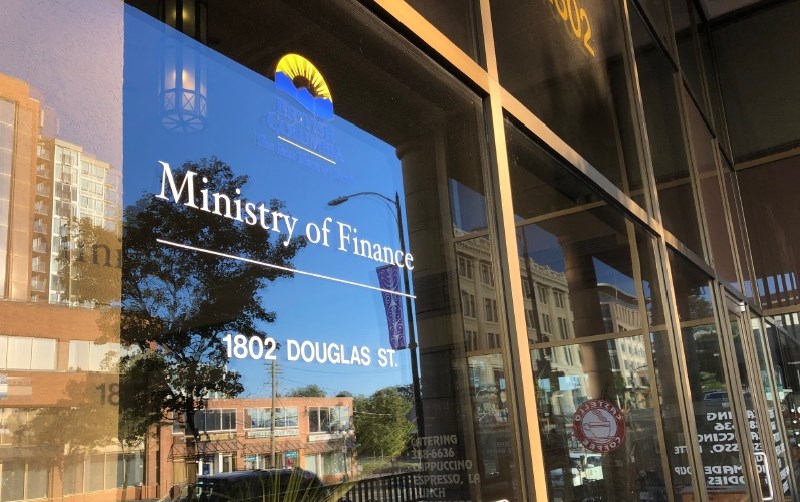Last week, sa国际传媒鈥檚 Finance Ministry released details of management compensation in public sector agencies. These include Crown corporations, post-secondary institutions, health authorities and government ministries.
A close read shows blatant inconsistencies that defeat any attempt at rationality.
Let鈥檚 start with Crown corporations. The CEO of the British Columbia Lottery Corp. takes home $411,000 a year in salary and benefits.
That鈥檚 quite a bit more than the CEO of sa国际传媒 Transit earns, for reasons that are not easily explained.
sa国际传媒 Transit is constantly at the centre of demands for more service.
The lotteries corporation has a monopoly. It couldn鈥檛 fail to make a profit if it tried.
What it has failed to do is stamp out money laundering at casinos. Not all of that is due to leadership failures at the company.
Law enforcement has been lax, and neither the province nor the federal government, until recently, has been much help.
Nevertheless, running the lotteries corporation is a breeze compared to handling the transit operation. So why does the Lotteries CEO make more?
The CEO of the Insurance Corp. of sa国际传媒 is paid $468,780, a huge salary for a company bleeding money. Again, some of the fault lies elsewhere. But shouldn鈥檛 a CEO鈥檚 salary reflect the health of his organization?
Moving on to the post-secondary sector, the president of the University of Northern British Columbia takes home $326,000 a year in pay and benefits. The CEO of the sa国际传媒 Institute of Technology earns less.
Yet BCIT鈥檚 budget is twice as large. So what鈥檚 the explanation?
It isn鈥檛 cost of living. Housing prices in Prince George are a fraction of those in Vancouver.
How about health care? The CEO of the Northern Health Authority gets $382,000.
The CEO of Fraser Health Authority, with a budget four times larger, makes less. Where is the sense in this?
We need to introduce a qualification here. The size of an organization鈥檚 budget is only one measure of its complexity. There are other factors involved.
However, there is a deeper issue. The deputy minister of health, who supervises all six health authorities, is paid $336,000. Yet every health authority CEO makes more. How is this justified?
There are 25 publicly funded post-secondary institutions in sa国际传媒 The deputy minister of advanced education, skills and training is responsible for overseeing them.
Yet the president of just one of these institutions, the University of British Columbia, makes twice as much ($602,000) as the deputy minister.
By any standard, the deputy鈥檚 job has far more scope and many more challenges than a university president鈥檚.
Two realities emerge here. One is that neither rhyme nor reason can be found in many of these compensation packages.
Each agency supposedly follows the same formula for setting salaries and benefits. But as the figures show, that formula has more air in it than a hot air balloon.
The second takeaway is that the further a CEO鈥檚 agency lies from public scrutiny, the higher his or her salary tends to be.
This is most apparent in the huge gap between the compensation packages offered ministry officials, and the take-home pay of executives in universities or health authorities.
Government ministries undergo extensive scrutiny by the legislature. Each is questioned in detail about its expenditures. Hefty management salaries would draw attention.
Post-secondary institutions and health authorities live a quieter life. Their compensation policies, by and large, escape attention.
This appears a likely explanation for the largesse showered on management.
No doubt it will be claimed these agencies are merely keeping up with standards set elsewhere in sa国际传媒. But this is a weak argument.
An appointment in British Columbia is the ultimate goal for many public servants. There is no need to dangle whopping salaries to attract the best our country has to offer.
The provincial government hoped that by requiring public agencies to publish their compensation packages, the more indefensible practices would be eliminated. Obviously that hasn鈥檛 happened.
Most of the costs involved are ultimately borne by taxpayers.
It鈥檚 time the province got tough and imposed a salary framework more in touch with reality.



